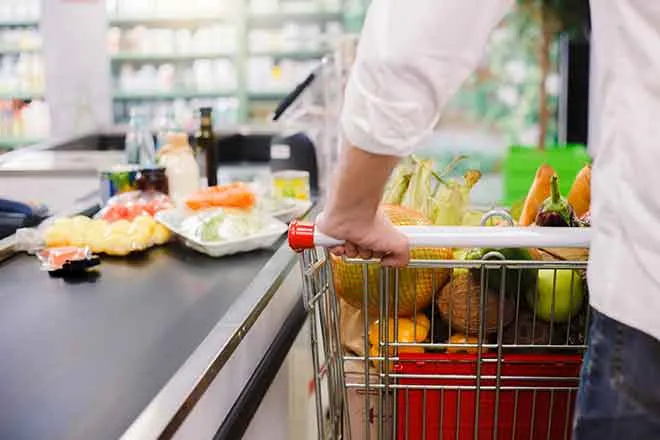
Dear Dietitian – What is listeria?
Dear Readers,
If you have been listening to the news lately, you may have heard about more food recalls. This time almond butter and avocados were recalled for concerns of listeria contamination. Listeria monocytogenes is type of bacteria found in soil and water and in some animals, including poultry and cattle. It can also be found unpasteurized cheese and milk. Listeria can live in processing plants and contaminate a variety of processed meats. When someone consumes food contaminated with listeria, it may cause a foodborne illness known as listeriosis.
Listeria is named after Joseph Lister, the British pioneer of sterile surgery. According to the Centers for Disease Control (CDC), an estimated 1,600 people get listeriosis each year, and about 260 will die from it. Symptoms of listeriosis include fever, muscle aches, nausea, vomiting, and diarrhea.
Those who are most vulnerable to food poisoning are people who immunocompromised, like those undergoing chemotherapy for cancer. These patients often do not have the ability to fight off the infection. Young children, pregnant women, and elderly adults are also more vulnerable to foodborne illness.
It is important to note that foodborne illness can be passed from one person to another. It is generally passed via the fecal-oral route. Someone has diarrhea and doesn’t thoroughly wash her hands after using the bathroom. She then touches a light switch, leaving a trace of bacteria. Someone else flips on the light switch two minutes later and comes into contact with the bacteria. She then pops a piece of gum into her mouth, and the bacteria has entered her system.
Why do we seem to be hearing more about food poisoning? No one knows for sure, but there are theories. In an article that appeared in the Business Insider (Taylor, 2018), foodborne illness attorney Bill Marler gave three possibilities:
- Early detection. In both cases of the avocados and almond butter, no illnesses were reported. The possibility of contamination was detected, and both companies took their products off the shelves voluntarily.
- More than half of fruit and a third of vegetables purchased in the US are nowimported from other countries. While imported food isn't necessarily less safe, it can allow for more opportunities for contamination along the way.
- Convenience foods. The demand for pre-chopped fruits and vegetables allows more opportunities for these foods to be contaminated simply because they are handled by more people.
Oftentimes, foodborne illness is preventable. The following tips were taken from the Academy of Nutrition and Dietetics:
- Keep raw meat, poultry, seafood, and eggs separate from ready-to-eat foods.
- Wash your hands thoroughly with soap and warm water. Wash them after using the bathroom, before eating, before preparing food, and after petting an animal, even if it’s your own pet.
- Wash raw fruits and vegetables before eating them.
- Use a food thermometer to make sure foods are cooked to the appropriate internal temperature.
- Store perishable foods at or below 40°F.
- Do not consume unpasteurized milk or cheese.
In good health,
Dear Dietitian


















